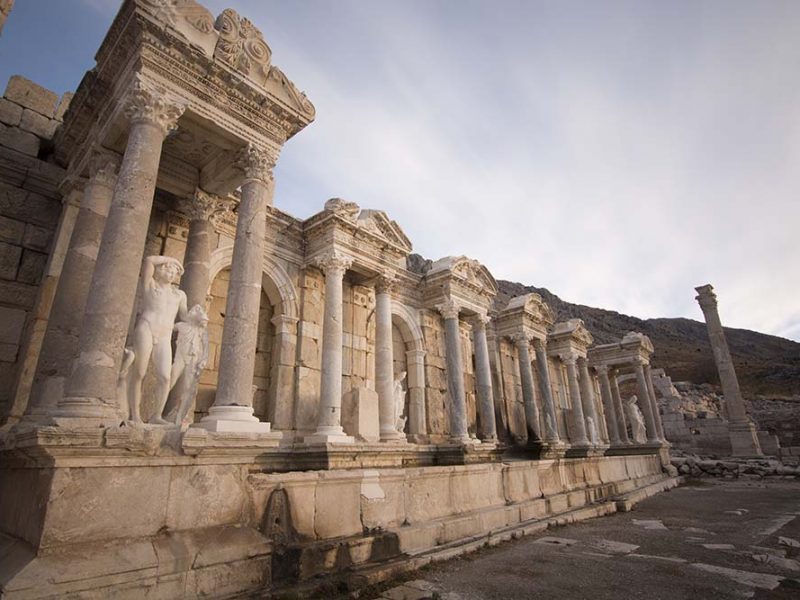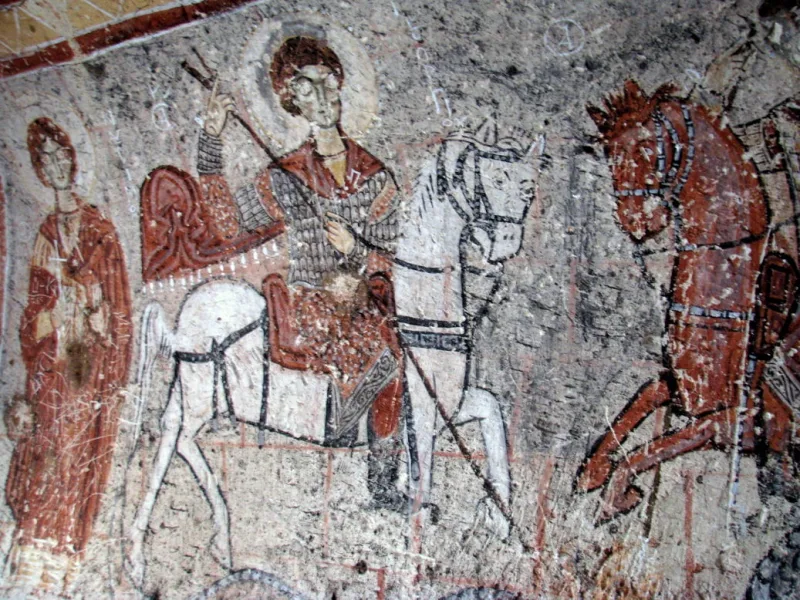Located in Central Anatolia, Yozgat is one of the historic cities that stands out with its unique atmosphere and culture. Yozgat, which has a history of 5000 years, was transformed into a city in the period of the Hittites and was known as the Bozok sanjak during the Ottoman period. Yozgat is adjacent to Tokat, Amasya and Çorum in the north, to Sivas in the east, to Kırıkkale and Kırşehir to the west, and to Nevşehir and Kayseri to the south. Since it is located in the middle of Anatolia, it has the feature of being a road-stop location for many routes.
Climate and Local Cuisine
Yozgat, which is dominated by a continental climate, becomes very cold, especially in winter. Winters are mostly below zero, and the summers are hot. The most suitable seasons for visiting are spring and early summer.
Pastry and meat dishes come to the forefront in Yozgat, which is a typical Central Anatolian city. Among the local flavors of the city, desti kebab is the most famous. In addition, in many parts of Central Anatolia, the arabaşı is still being cooked in the traditional way. Parmak çörek, tandır kebab, çılbır, çiğdem pilaf, kavurga, madımak, omaç, and yarma aşı are among the wonderful flavors you can find on the tables. Egg dessert and corn dessert are unique sweets you can try.

Desti kebab
Places to Visit
- Yozgat Clock Tower: The clock tower built in the last period of the Ottoman Empire is one of the symbols of the city.
- Yozgat Museum: Built in 1871 as Nizamoğlu Mansion, the building today serves as a museum that exhibits manuscripts, utensils, rugs, and carpets.
- Çeşme Castle: The fortress, which is 3 kilometers away from the city center, is a building with Byzantine and Roman ruins.
- Basilica Therma: Located in the Sarıkaya district of Yozgat, this thermal spring is one of the most important thermal centers of Anatolia. The remnants of the first thermal treatment in Anatolia, which has survived from the center, brings quite a beautiful view. While thermal treatments have been known to be around since the Roman Period, the remains of 3000 years of different civilizations in the region have been revealed recently.
- Kerkenez Ruins: Dating back to 3000 BC , these ruins are located in the town of Sorgun. Some date back to the time of the Medes and Phrygians.
- Karabıyık Bridge: The bridge was built during the famous Egyptian Expedition of Yavuz Sultan Selim and points to the history of 1516 years. It is still open to visit.
- Başçavuş Mosque: The mosque, belonging to the 1800s, is a beautiful example of wooden architecture.

The Roman bath
- Çapanoğlu Mosque
- Karslıoğlu Mansion
- Behramşah Castle
- Saraykent Thermal Spa
- Akdağmadeni Forests
How to Get There
You can access Yozgat from anywhere in Turkey via highway. It is centrally located in Central Anatolia. If you want to go by air, you can get to the city center with a 2-hour journey after you reach Kayseri airport.



